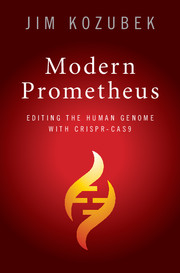The Pandemic Information Gap. The Brutal Economics of COVID-19
Joshua Gans has updated his former book on covid economics. And says:
Pandemics are an information problem. Solve the information problem and you can defeat the virus. There is a big difference between knowing someone you interact with is infectious and having to make a guess as to whether that person is infectious. In the former case, you can act and limit the interactions. In the latter case, you have to take a risk. And, in evaluating that risk, what we care about is not just whether you become infected but also whether you might pass that infection on to others.
The difference between perfect knowledge and no knowledge is what causes an infectious disease to have an impact on social and economic interactions. With perfect knowledge, some people get sick, they are isolated, and life is (for most of us) essentially unchanged. With no knowledge at all and no interventions to prevent infections, then for COVID-19, at its peak, about 21 million people in the United States alone would likely be infectious at one time. With no restrictions on activity, the probability that you interact with one of the infectious people on a given day is 21 million divided by 327 million (the US population), or 6.4 percent.4 However, suppose you interact with only 10 people per week. In that situation, the probability that you are able to avoid any of those infected people is about 50-50. When going to public spaces, you may interact with over a hundred people per week. In that case, your probability of avoiding an infected person becomes close to zero. In other words, perfect knowledge allows you to avoid all infected people. No knowledge makes it near certain that you will encounter at least one infected person.
Without knowledge of how many people are infected and whether particular people are carriers of thecoronavirus, we are forced to take drastic actions.
True. Pandemics are an information problem but information will never be perfect and complete. Uncertainty sorrounds us. And pandemics are more than an information problem. Because you may know who is infected, and not "act and limit interactions". Therefore, emotions, incentives and expectations count. We do have also a behavioral problem. And if it is behavioral, it has ethical implications. And finally, that's life, decisions with or without information and behavioral and ethical implications of such decisions.
Anyway, a useful introductory text.




